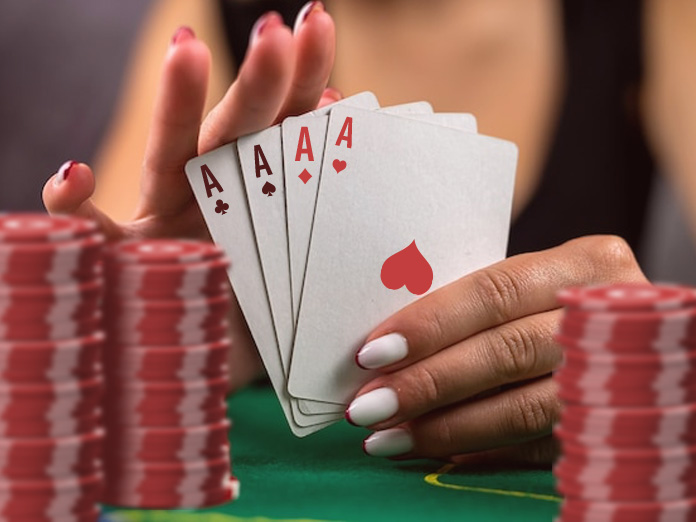Bluffing is not just about deceiving; it is one of the most important things in poker. It provides an interesting example for behavioral risk models, from which we can draw conclusions about human psychology and how people make decisions when they cannot predict what will happen. Whether you’ve just learned how to play poker games online or are an experienced professional, this article will look into the complexity of bluffing to help you improve further in the game.
What is Behavioral Risk Modelling in Poker?
In poker, behavioral risk modeling refers to the study of player decision making under uncertain conditions, including psychological, perceived risk and reward related factors. The analysis and interpretations that are made from bluffing with regards to how one should be able to play at the moment align very well in this context. Players can learn much about risk management and reasoning well under pressure by studying a bluff.
The Mechanics of Bluffing
Bluffing is when you stake more or raise using a weak hand to make your opponents with stronger hands fold. However, there are important factors that will determine whether the bluff will be successful or not:
- Table Image: How your rivals see you, tight, aggressive, or unpredictable, affects how likely they are to call your bluff.
- Playing Patterns: If you make consistent and reasonable wagers, then people will believe your bluffs more.
- Opponent’s Hand Strength: For one to bluff well, the opponent must have a slightly weak hand that he can easily fold.
Psychological Aspects of Bluffing
To bluff with success, you should have a good insight into how people behave. It is important for players to identify those subtle signs that indicate whether their opponents are strong or weak. Besides, bluffers should appear confident and maintain uniformity for their bluffs to be successful.
Risk Assessment in Bluffing
There is a risk in every bluff. One has to consider what they stand to gain from winning the round against the amount of chips they would give away if their bluff is uncovered, and then make a decision based on it. To do this, players take into account:
- Pot Odds: This is calculated by dividing the current pot size by the cost of an anticipated call and assists in determining whether a bluff would be rational or not.
- Implied Odds: These are the prospective wagers that can be won on presuming a successful bluff.
- Fold Equity: It refers to the chances that an opponent will give up his hand when facing your bluff.
Improving Your Bluffing Skills
In order to bluff well, one should take note of the opponent’s behavior, signs, and responses in various scenarios. To achieve this, one must not follow a set pattern but instead keep changing how they play. Create a strong narrative by bluffing on boards that appear strong or when you are in a good position. Also, be able to figure out your image in the eyes of other players and change the way you bluff depending on it.
Conclusion
Bluffing goes beyond deceit; it involves a combination of tactics, psychology, and risk taking which are very sophisticated. With knowledge on the basics of behavioral risk modeling, one can improve their bluff skills and hence perform better while playing on PokerCircle. And remember to have fun while playing!

